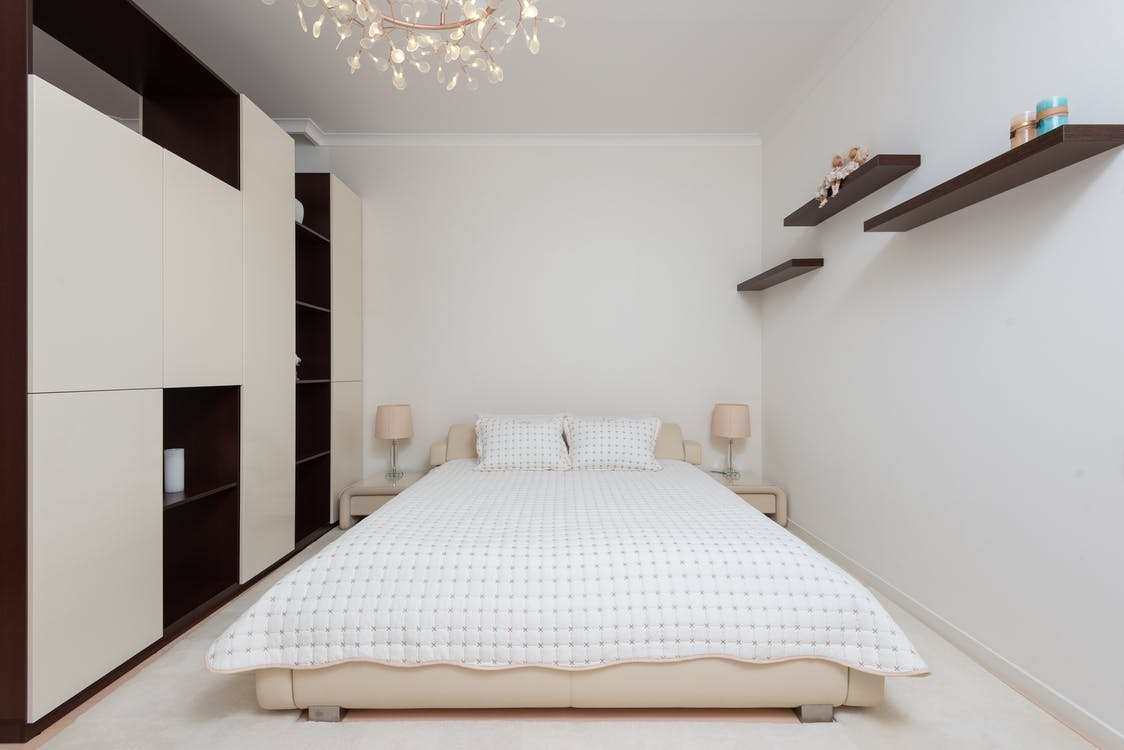Summer is a season filled with joy. Every year, after going through harsh winters, people anticipate the warm sunlight to seep through their windows. People get excited about summer because it is ideal for going to the beach, having a quality picnic with your family, and the list goes on.
Every season brings its own joys for human beings. However, these joys are also accompanied by risks and threats. With climate change, summer is getting hotter each year, leading to thousands of cases of dehydration and sunburns.
That is why people like to stay indoors during the summer. Although staying away from direct sunlight can be helpful for you, your home directly faces the harsh summer season. You cannot block the sunlight, but you can protect your home with intelligent and timely steps.
Here are a few essential tips to help you keep your home safe during this harsh summer.
1. Close the Blinds
Big windows that let natural light in can increase your home’s curb appeal. Big windows can make tiny houses look bigger and aesthetically appealing. These windows seem attractive, but in summer, they can be the biggest reason for your home’s rising temperature.
The concern gets worse if your window faces direct sunlight. In moderate weather, sitting on a couch receiving direct sunlight may seem ideal. However, when the weather gets extreme, you may want to pull your blinds and block every speck of the sun.
Ensure that the windows remain closed during the sunny hours of the day to prevent heat up. If you have a sun-facing window on the lower floors, try turning your blinds upwards to block sunlight from sneaking into your rooms.
2. Use Light Paint on the Roof
It is a fact that whether you wear dark clothing or paint your home in dark colors, they can absorb heat. Since this rule applies to your home, too, the color you choose for your roof can help you prepare for the harsh summer season.
If you have a dark-colored roof or concrete roofing, you may better understand the problems of an overheated home. Therefore, you switch to lighter color roofs to reduce heat absorption. Since lighter colors reflect the light, your home will get significantly cooler.
To protect your roof from damage, make sure that you use gutter guards to ensure that there is no clogging. Clogging can lead to unwanted pressure on your roof. This pressure can lead to water damage.
3. Readjust Your Fans
Ceiling fans are a great way to feel cooler in extreme weather. It works great for some people; meanwhile, it may make no difference for others. It is not just good or bad luck. The direction of your fan can change a lot.
When a ceiling fan rotates clockwise, it pulls all the cool air up. On the contrary, when they rotate counterclockwise, they push air down, creating a cooling effect. Ceiling fans support other cooling methods, such as air conditioners and open windows during cooler hours. Ensure your fan rotates in the right direction to provide the desired outcome.
Read Also: For more information about this visit hiidude.co.uk
